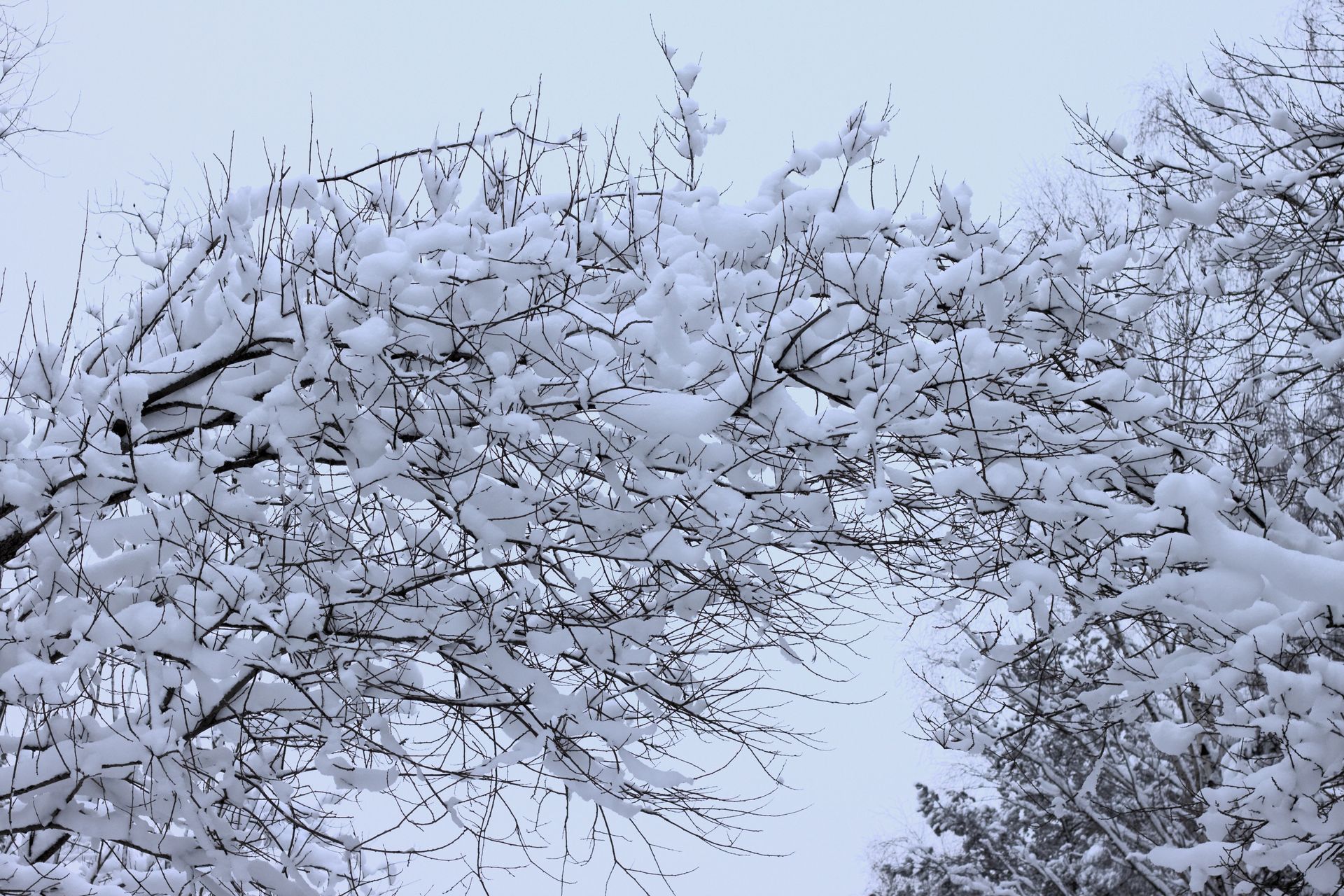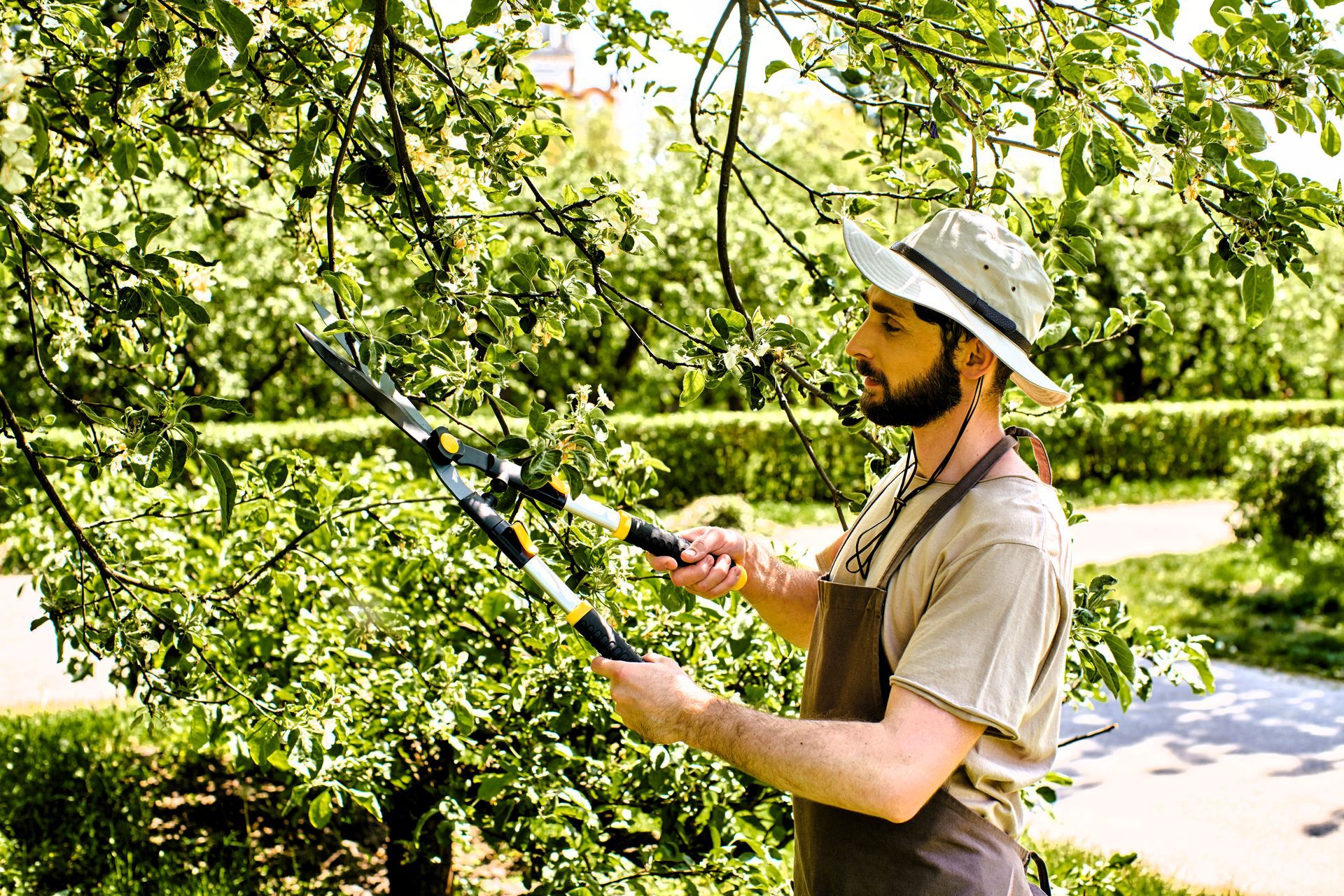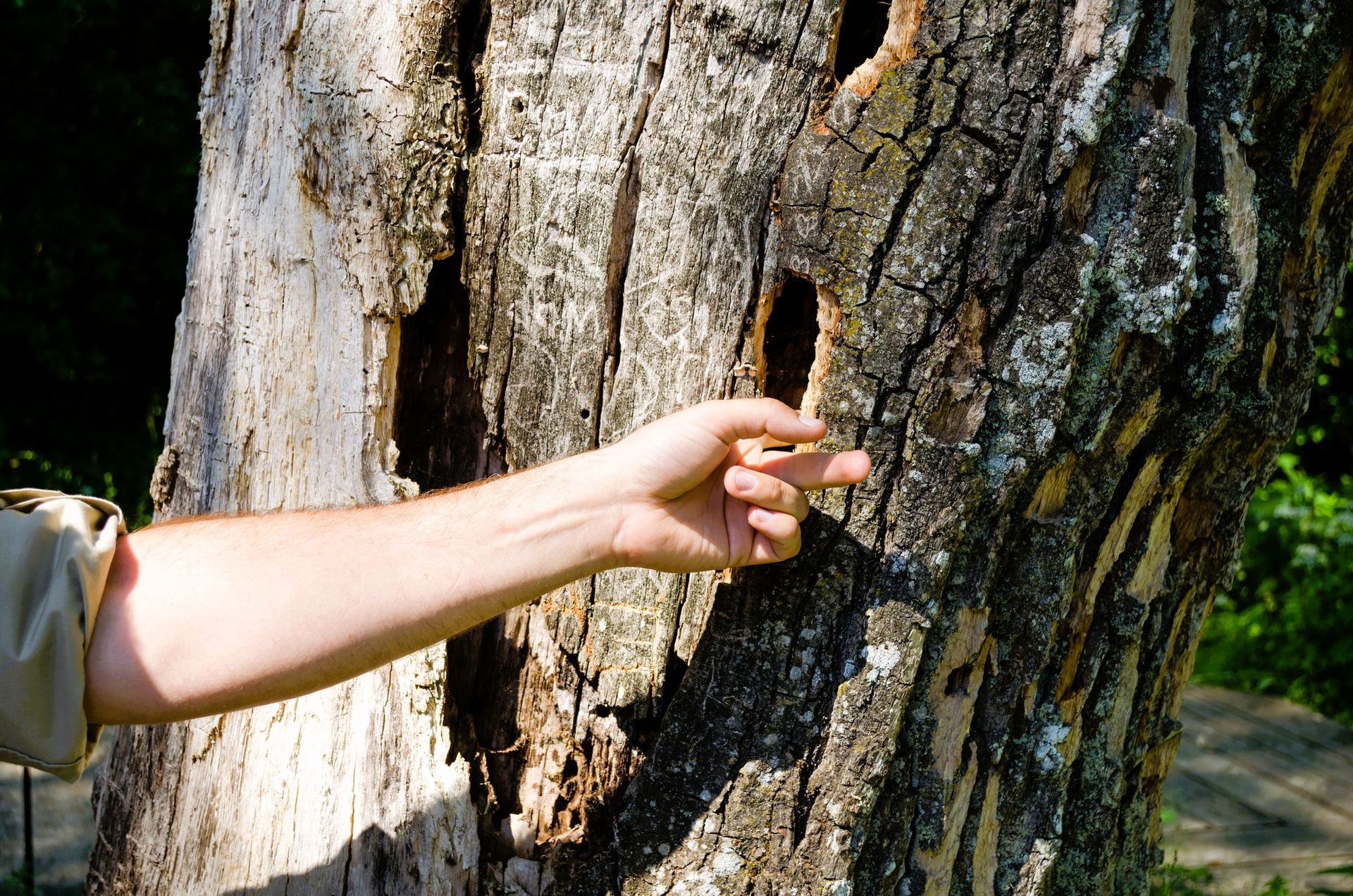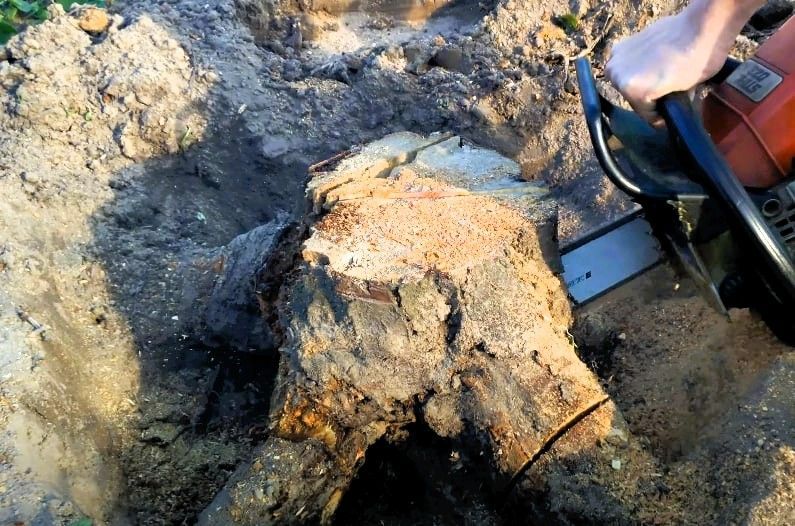Common Forms Of Winter Tree Damage
Learn to prevent winter tree damage for a healthy landscape.

As winter arrives and temperatures drop, trees can experience damage in a variety of ways. Whether it’s through insects, diseases, severe weather or even human activities, winter tree damage is unfortunately very common. Understanding the different types of winter tree damage and how to prevent them will help keep your trees healthy and strong throughout the cold season.
Let's discuss some of the most common forms of winter tree damage:
1. Freezing
Freezing is one of the most common forms of winter tree damage and it can have devastating effects. When temperatures dip below freezing, ice crystals form in the cells of a tree’s leaves and bark, which can eventually cause them to rupture. This can lead to wilting, discoloration or even death for the affected tree. To prevent this from happening, it’s important to ensure your trees are well-watered during the winter and that they have adequate sun exposure. Ensuring your trees receive enough water in the fall is crucial for shielding them from frozen cells during winter.
2. Drought Stress
Drought stress is another common form of winter tree damage. When there isn’t enough water to meet the needs of a tree, it can become drought-stressed. This can cause leaves, twigs and branches to die off or become discolored. To reduce the risk of drought stress, you should make sure to provide adequate irrigation throughout the winter months, even if it’s not raining or snowing. It’s also important to mulch your trees during the winter and cover them with burlap or blankets when temperatures dip below freezing.
3. Ice Storms
Ice storms occur when freezing rain or sleet covers a tree’s branches and leaves. This can cause the outer parts of the tree to become weighed down, resulting in broken limbs and bent trunks. To safeguard your trees from such damage, it's recommended to trim them in late fall or early winter, before temperatures become too low for ice storms. Pruning will help reduce the amount of surface area that’s exposed to freezing temperatures and heavy snow or ice build-up. You should also make sure to keep trees properly watered and mulched during icy conditions.
Winter can harm trees in various ways, and these are just a few examples. Other forms of winter tree damage include windburn, salt damage, animal grazing and even human activities like over-pruning or improper fertilization. To ensure your trees remain healthy throughout the cold season, it’s important to understand the different types of winter tree damage as well as how to prevent them. With proper care and maintenance, you can keep your trees safe and healthy even during the harshest of winters.
If you're still unsure about how best to care for your trees in winter or if you think they may have already suffered some kind of damage, then it's always a good idea to consult an arborist or tree professional for help. Contact Kanata Tree Service Masters, our experts can diagnose and address any issues, ensuring your trees thrive even in harsh winters! Call us now for professional tree care!


